Ancient Rome

As one grows and discovers the world, we start hearing phrases like, “When in Rome, do as the Romans do,” “All roads lead to Rome,” “Ancient Rome was not built in a day,” and “Nero was fiddling when Rome was burning.”
These sayings come up at appropriate times—in newspapers, in conversations, and of course, in school—presenting, praising, and pressing the important position Roman civilization and Ancient Rome itself held in the Western narrative, and now, a global narrative.Each proverb carries backstories and legends, talking of a time when Rome was the narrative.
As we started to study the Renaissance in high school, the fountainhead that was Rome, along with Florence and Venice, came alive through the legends of Da Vinci, Michelangelo, Raphael, Galileo, Dante, and the Medici family. These stories told us of the awakening of Western civilization in art, science, literature, and philosophy.

Reading about all these men of the time, primarily working in the cities of Ancient Rome and Venice, painted a vivid picture of this period. Hearing the story of creation painted by Michelangelo or the fierce scene of the Last Judgment in the Sistine Chapel, or learning how Galileo defied the Church and held onto his scientific beliefs until his death, always stirred an early desire to visit Rome and Italy.

It was during my study of architecture for my graduation, I was fully convinced that Rome and, in turn, Italy would be my first foreign destinations to visit. Whether it was studying ancient Roman temples, influenced by the Greeks but with more ornamentation to show opulence, or the Roman Forum—the place of the Republic where the last Republican head, the popular Julius Caesar, was murdered—or the monumental architecture of the Colosseum, the Pantheon, or Triumphal Arches from the time of emperors as the empire grew to occupy lands along the whole Mediterranean Sea, or the brilliant system of aqueducts the Romans invented to carry water from one part of the empire to another, ancient Rome amazed me.
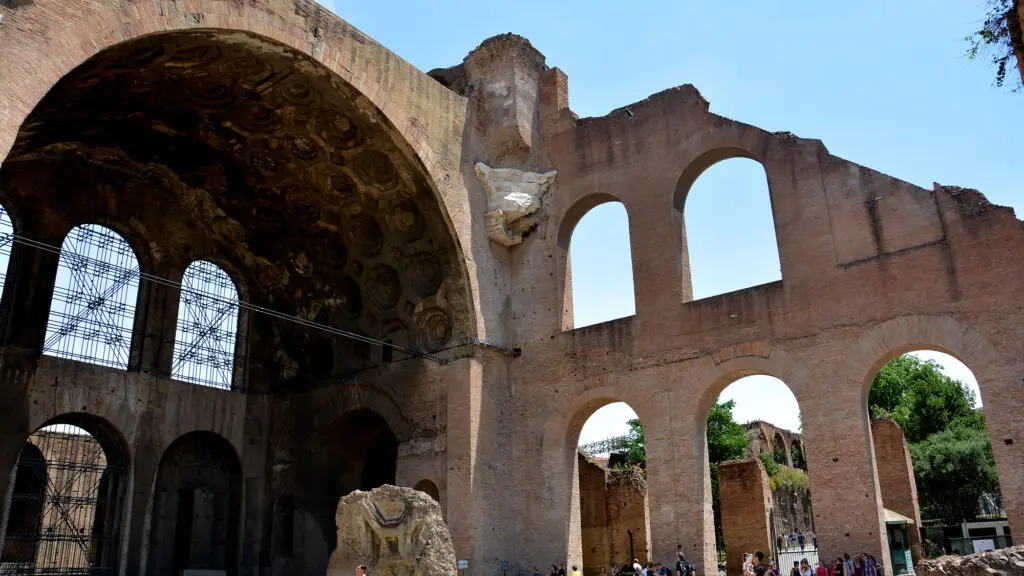
Its opulence, technology, and hunger for more lands, more power, and iconic architecture were captivating. As I studied further, the Renaissance was presented from new perspectives through brilliant works in the realm of architecture, with its beautiful piazzas and cathedrals like Saint Peter’s Basilica and San Marco’s, designed by masters like Michelangelo, Bernini, and others. The Spanish Steps, the beautiful fountains, and the bourgeoisie villas tucked in the countryside—all revealed how Rome, Florence, and their surroundings became the fountainhead of what we now call modern thought. This became a big pull for me to plan a visit whenever I could.

The crescendo was further heightened through various mediums, like movies and literature, showcasing sunny, thriving, and colorful coastlines in movies, intriguing maze of buildings in books like ‘Angels and Demons’ , introducing Italy as the land of pasta, spaghetti, pizza, and most of all, gelato in ‘Eat Pray and Love’. One couldn’t help but want to explore Rome, Italy, and its environment with respect to its architecture, art, food, history, and, of course, the people.
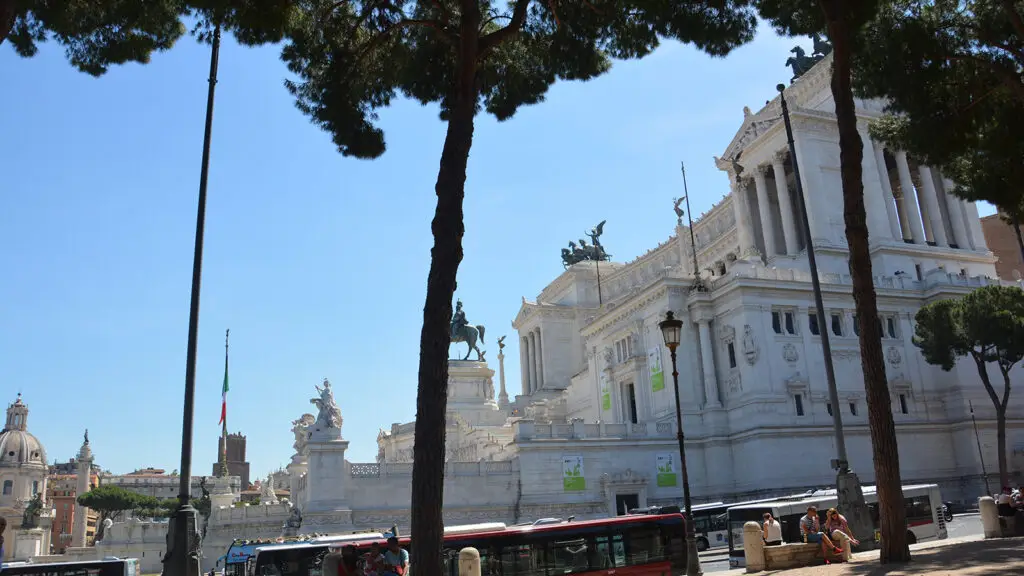
When we finally planned a visit to Rome, the excitement was brimming at all corners. As I have mentioned earlier, I believe the best way to explore a city is through walks with locals or experts. Especially a city like Ancient Rome, with its many layers of history, art, and architecture, would be difficult to explore fully in a four to five-day window without someone explaining and informing us along the visit.
I soon realized that booking separate walks for so many places would be a coordination nightmare, not to mention the cost of paying for all four of us in Euros. While searching for cheaper or free walks, I stumbled upon a gem, a treasure when I found an app—yes, an app by Rick Steves called Rick Steves Europe.
This single discovery became the most important boost for the whole planning and travel during our trip to Italy. Rick Steves is an American long-term traveler to Europe and has amazing insights on the places you can visit. The app is free and has audio walks and interviews, especially designed for explorers. With this app, I had my guide in my pocket, ready to take me, engage me, and give information whenever I desired.
The app turned out to be more than I expected it to be. Navigating the Vatican Museum, its paintings, and sculptures with Rick Steves app guiding us was an enriching experience. He told us about the Popes, their powers in Ancient Roman historical times, and how they patronized artists to create a brilliant museum where some of the most beautiful paintings and sculptures by known masters are displayed.
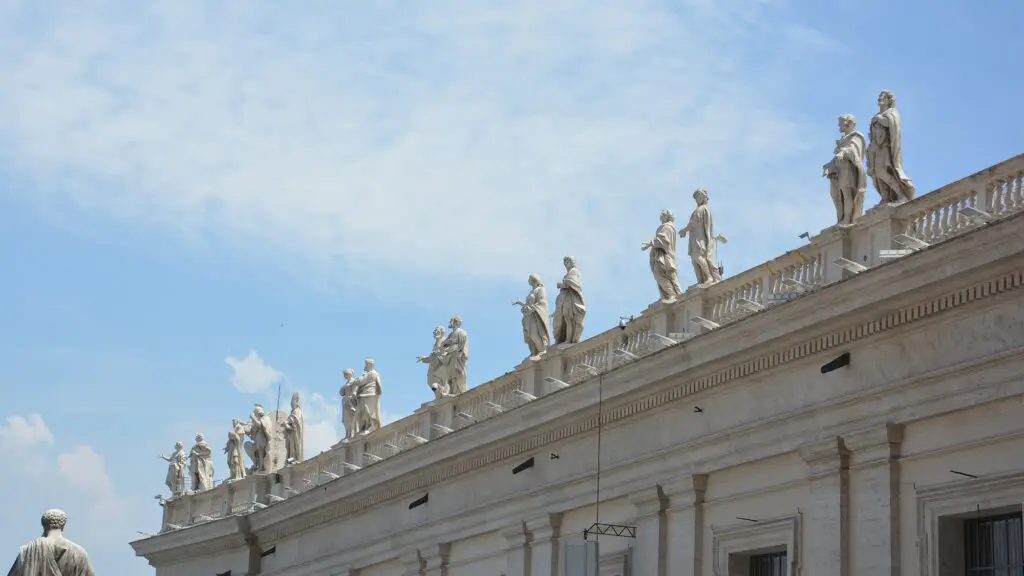
He slowly led us to the Sistine Chapel, explaining the fierce painting on the wall of the Last Judgment with sincerity and passion, lending us an eye to see the story, the expression, and the meaning. Of course, the famous legendary painting on the ceiling was the highlight. Painted by Michelangelo, seemingly lying on his back, it remains the highlight of the entire Vatican tour. The expert commentary in the app elevated the whole experience, allowing us to explore at our own pace, listening, stopping, and admiring without anyone hurrying us.
This extraordinary journey with Rick Steves app continued as I explored the monumental and amazing Saint Peter’s Basilica, designed by Michelangelo, and the brilliant sculpture of Pietà in marble in the cathedral , again by Michelangelo. The cathedral’s monumentality, yet its breaking down of scale for the perceiver, its opulence, and its peace can overwhelm the faithful and visitor alike.
Colosseum: Ancient Rome’s Icon of Power, History, and Spectacle.

The next day, I realized that Rick Steves app was better than the local guide we had booked for a tour of the Colosseum when I explored the grand Colosseum and its fascinating Ancient Roman history again with Rick Steves. He made us realize how the Colosseum remains one of the most fascinating places to visit due to its scale, architecture, and the stories attached to it, where emperors and common men alike enjoyed the savage fights between beasts and humans.
For the rest of the journey, I stuck with Rick Steves as our guide while exploring the Roman Forum, with its stories about the Republican era, Julius Caesar, his house of council where he was murdered, the grand basilica, the house of Vestal Virgins, and the beautiful sculptures surrounding it. The stroll along the forum and its buildings has the power to take you back in time, wondering about the life and times of those great Romans.

As we explored the heart of Rome, or Roma as it is called in Italian, starting from Campo de’ Fiori, leading to Piazza Navona and Piazza Rotunda with the Pantheon (built in 79 AD with one of the biggest domes, with its own designed walk) along with the famous Trevi Fountain ( myth is that if you throw a coin in its waters you can hope to visit the city again)

and some obelisks and squares, ultimately leading us to the most public and scenic Spanish Steps, the exploration became a journey through Ancient Roman history .
The whole route, studded with architectural marvels from the last 2000 years and some of the most beautiful fountains on earth, was a visual treat.
This is the most important and romantic of all Unforgettable Rome explorations in the city as you are introduced to the city in its full glory. This is no ruin; this is the city which is living and breathing and celebrating life. Rick explained and guided us through it all. He told us the fascinating history of the places from the time of the emperors to the early Christian and Renaissance periods. With his informative yet witty and irreverent commentary, the whole walk became meaningful and enjoyable.

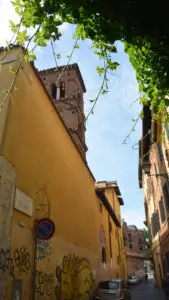
Rick was there when we explored Trastevere, the colorful neighborhood with its history going back to the dawn of Christianity. The neighborhood still retains the charm, beauty, and scale of ancient times, making the visitor feel at home with its upbeat milieu. That Rick Steves could be irreverent and witty, making you chuckle, bringing a smile to your face, and lighting up the mood at times made the whole exploration amazing and amusing at the same time.
Any exploration of this Eternal City can be never-ending, with its history stretching back more than 2000 years and the city having seen multiple periods of decline and glory. We visited the Capitoline Complex, from where we could see the Forum, Villa d’Este with its thousands of fountains outside the city, modern architecture like MAXII museum or Auditorium parco della Musica by master architects in the outskirts, and many more places. Yet the tour made us want to visit the city again.
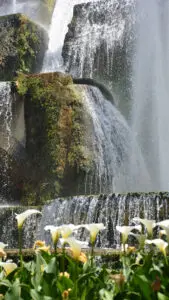
The visit became one of the most memorable with its art and architecture, sunny disposition, cheerful people, yummy food with sauces and gelato, the authentic and homemade flavors of which are sold in every nook, corner, and alley. Reflecting on our journey, it’s amazing to realize that Rome is more than just an ancient city—it’s a living testament to centuries of art, architecture, and history.
From the grandiosity of the Colosseum and the serene beauty of the Vatican to the vibrant neighborhoods like Trastevere, every corner of Rome tells a story. The Rick Steves app proved to be an invaluable companion, enriching our experience with its detailed and engaging commentary. This trip not only fulfilled a long-held dream but also deepened our appreciation for the Eternal City’s timeless allure, making it an unforgettable highlight of our travels through Italy as we explored Florence, Venice, Siena, Pisa, Pompeii, and Cinque Terre further, each of course with its own charm and fascinating history. More on that later.
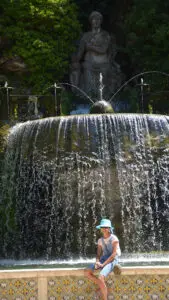
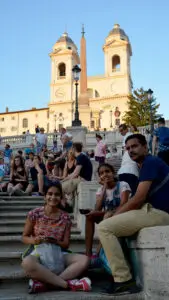

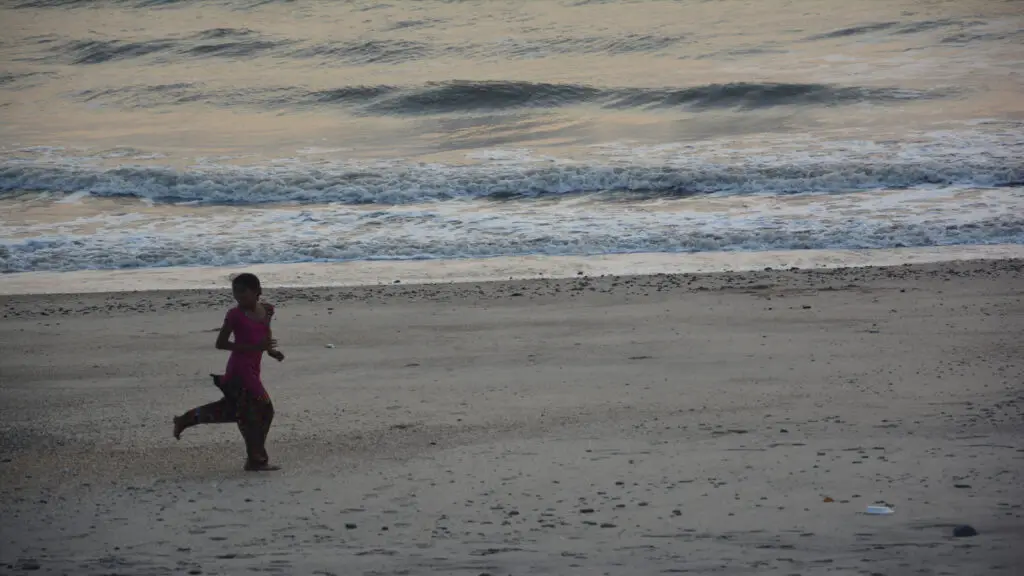
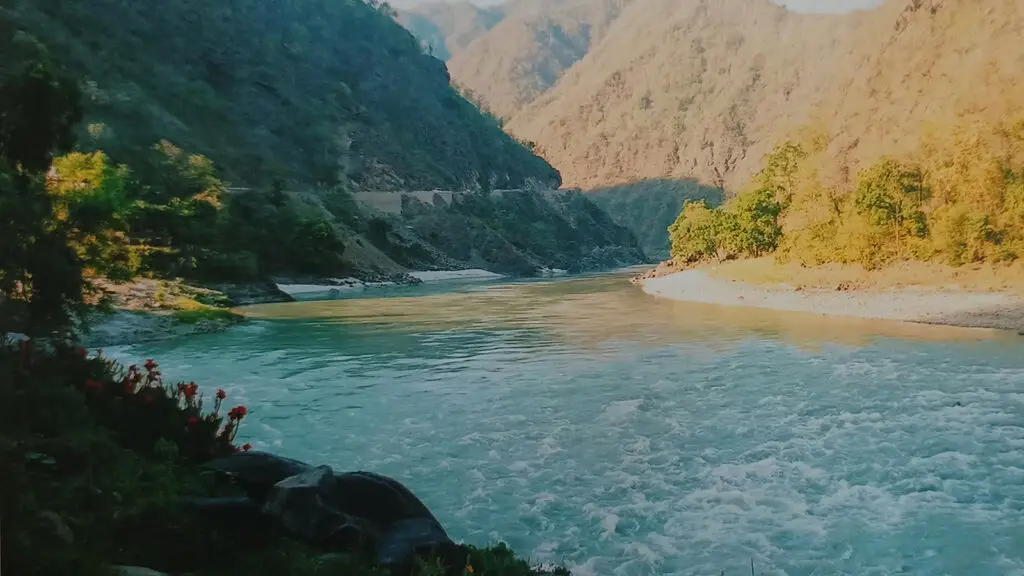
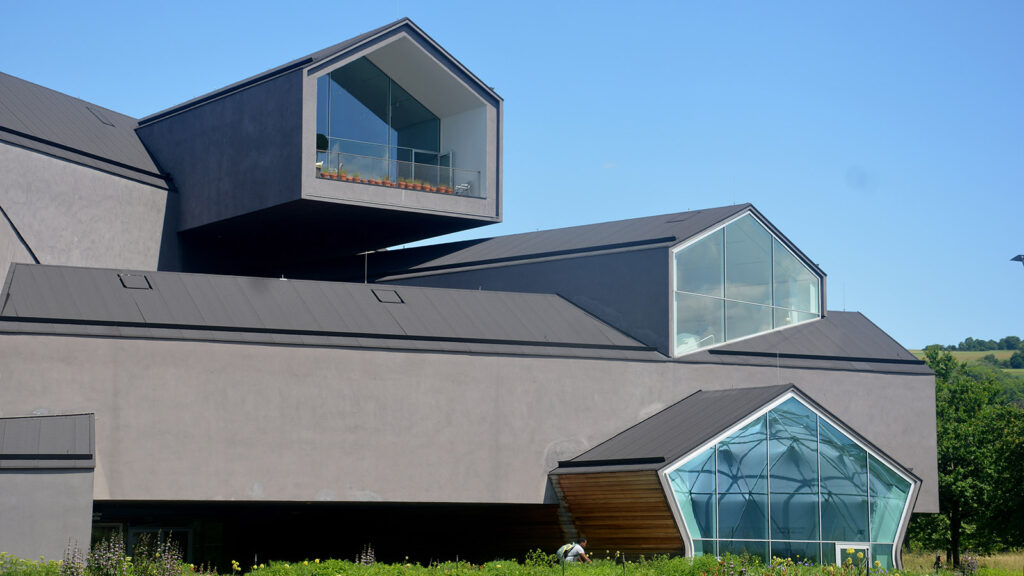
So we have our own version on Rick Steves in you! Knowledge, beauty and intrigue induced writing😊
Thanks Nishtha
Your travel blog on Rome is absolutely captivating! The way you describe the city’s rich history, stunning architecture, and vibrant culture truly brings it to life. Keep up the amazing work!
Thanks Ashish for the kind words